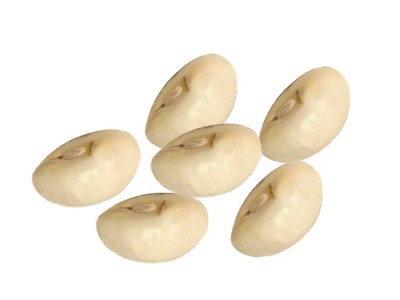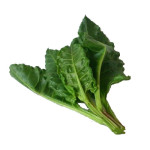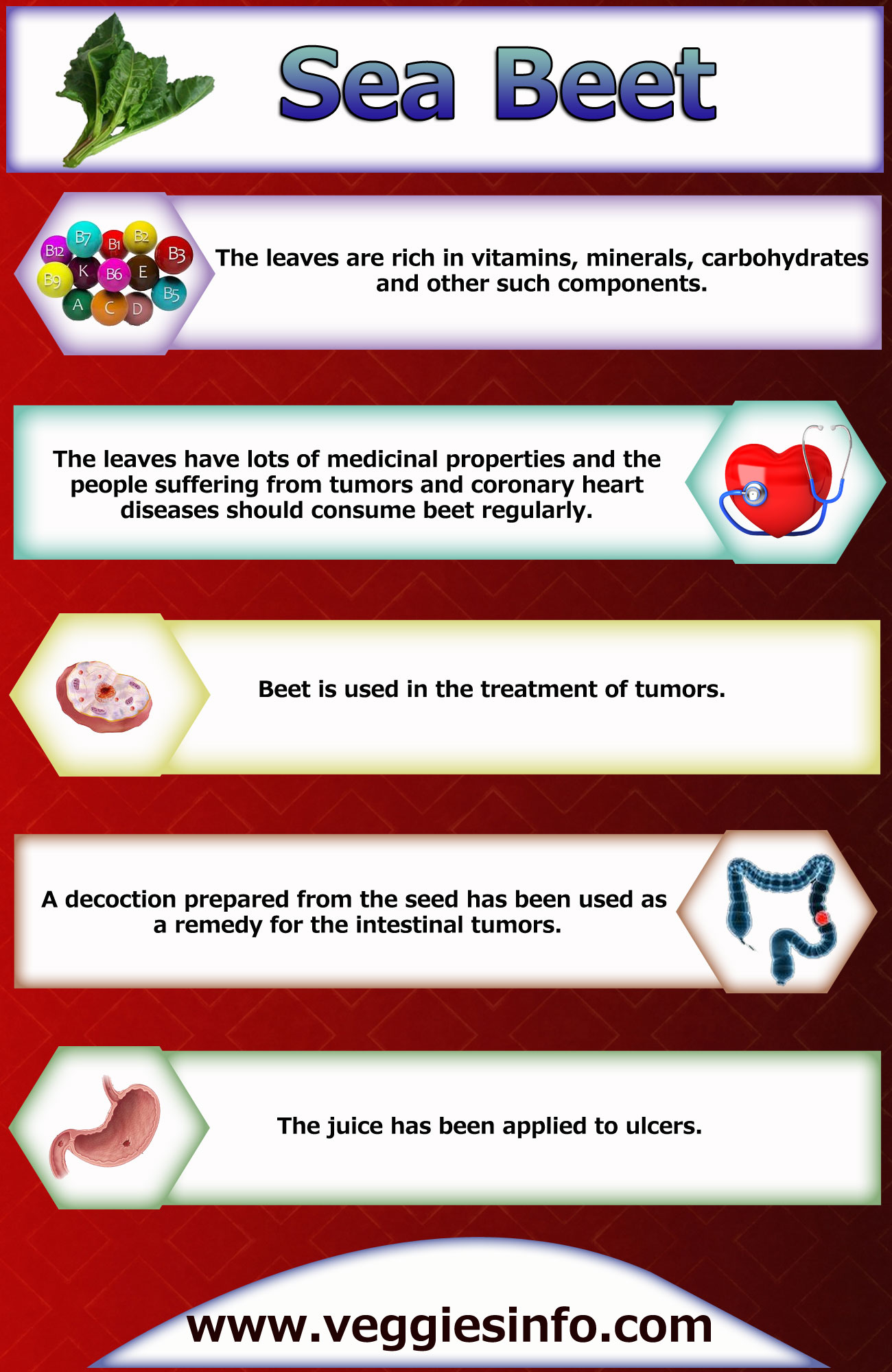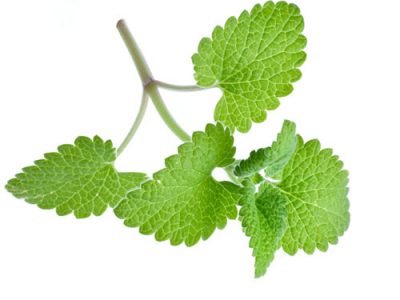

Sea Beet Aspects And Its Medicinal Uses
Sea beet
Plants take on variety of roles such as preserving the ecological system, keep the soil anchored, and provide fruits and nuts. These are only small roles played by them and are not a comprehensive listing. Plants live a sophisticated life on this earth and disappear from this planet after its role is over. This topic will deal with a plant named sea beet which is found along the sea coast of all Mediterranean Sea countries, along the Atlantic coast of Northern Europe, most of the middle east countries. Sea beet is also called as wild spinach. The botanical name of this plant is Beta vulgaris maritama.
The areas that are densely populated by sea beets are eastern and southern coasts of England and Ireland. This plant grows throughout the year and is considered as perennial plants. Wild beets survive in narrow niche along the sea coast. These plants grow in end of the beaches or rocky cliffs. These plants are not found in sandy beaches or on sand dunes. Mediterranean Sea beets are largely annual whereas the British Isles sea beets are perennial. Human and industrial activities disrupt the growth of sea beets. The seed dispersal of sea beet is through wind, tide, animals and man.
Aspects Of Beets
Sea beets are also found at tide-lines, shingle beaches, sea-walls and in salt marshes.SeaBeet is a sprawling perennial with triangular or oval leaves with spikes of green flowers that appear during the months of July to September. It has reddish leafy stems which grows up to 2m tall. The measurement of the leaves is 5-20 cm. The flowers are produced in dense spikes. The size of the flower is 3-5 mm diameter. The flowers have both male and female organ. This plant flowers during July to September. It grows wonderfully in all types of soil, but prefers moist soil.
Medicinal Uses
- The leaves are rich in vitamins, minerals, carbohydrates and other such components.
- The leaves have lots of medicinal properties and the people suffering from tumors and coronary heart diseases should consume beet regularly.
- Beet is used in the treatment of tumors.
- A decoction prepared from the seed has been used as a remedy for the intestinal tumors.
- The seeds, boiled in water, is said to cure genital tumors.
- The juice is used for the treatment of tumors, leukemia and cancer of the breast, esophagus, glands, head, intestines, leg, lip, lung, prostate, rectum, spleen, stomach, and uterus.
- The juice has been applied to ulcers.
- The leaves have much more medicinal properties other than the above listing.
Properties
Sea beet (Beta vulgaris) is a leafy green vegetable that is related to sugar beet, Swiss chard, and other beets. It is a hardy perennial that is native to the Mediterranean region. The leaves of the sea beet are edible and have a mild, salty flavor. Sea beet is a good source of several vitamins and minerals, including vitamin A, vitamin C, vitamin K, iron, calcium, magnesium, and potassium. It is also high in dietary fiber, which can help to improve digestion and reduce the risk of certain digestive disorders. Sea beet is also rich in antioxidants, which may help to reduce the risk of some chronic diseases, such as cancer and heart disease. Additionally, sea beet may help to reduce inflammation and protect against oxidative stress. Studies have also suggested that sea beet may have potential anti-diabetic properties.help to reduce inflammation and protect against oxidative stress. Studies have also suggested that sea beet may have potential anti-diabetic properties.
Health Benefits of Sea Beet



